We provide all-round approach in training in the background from Electronics to Computer Science. We teach you here to thrive not to survive. Comparing wouldn’t make any difference rather pushing up to the level where people admire you is our moto.
Topics
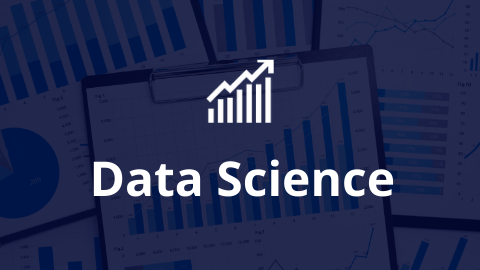
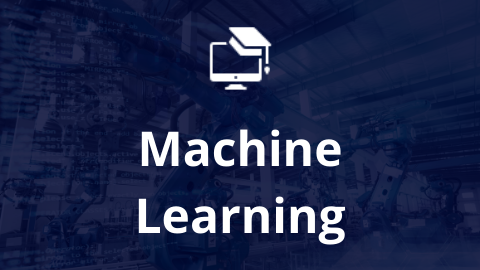
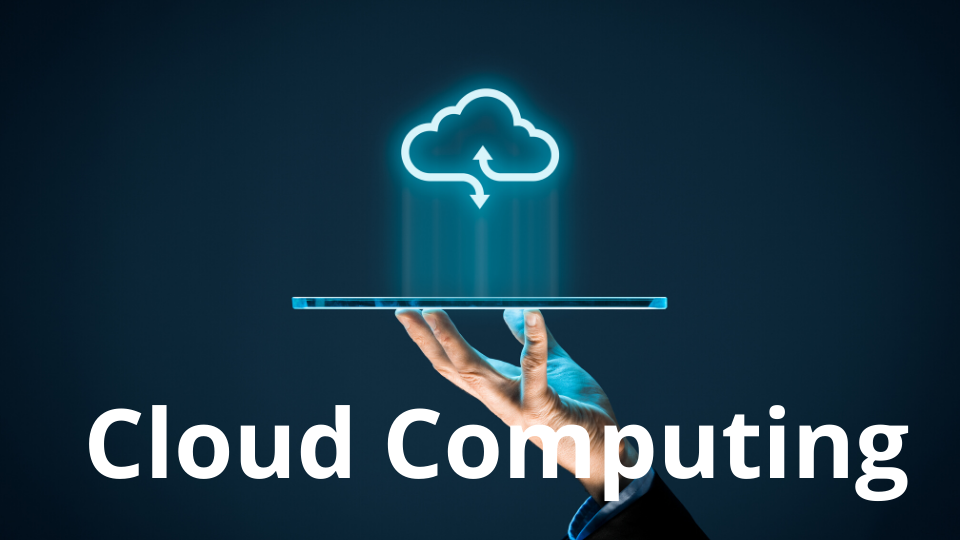
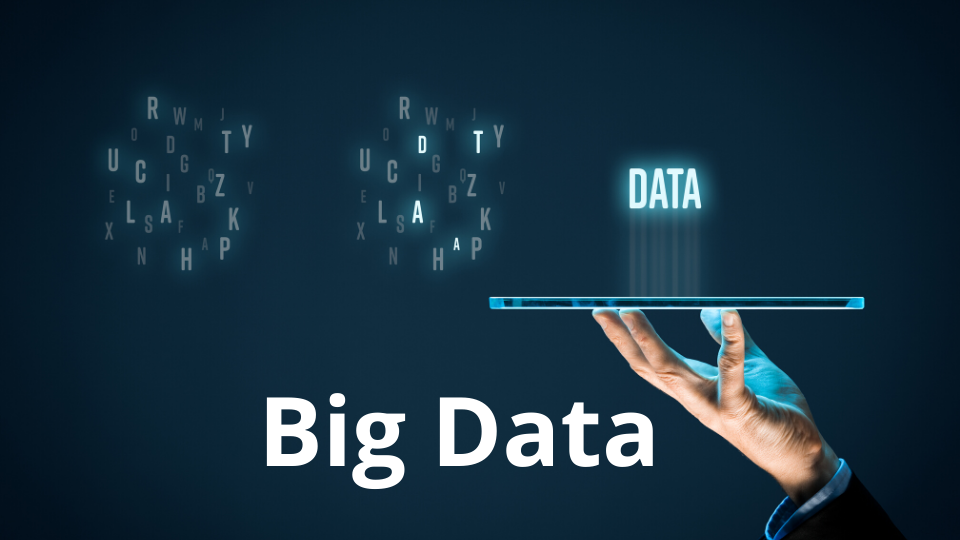
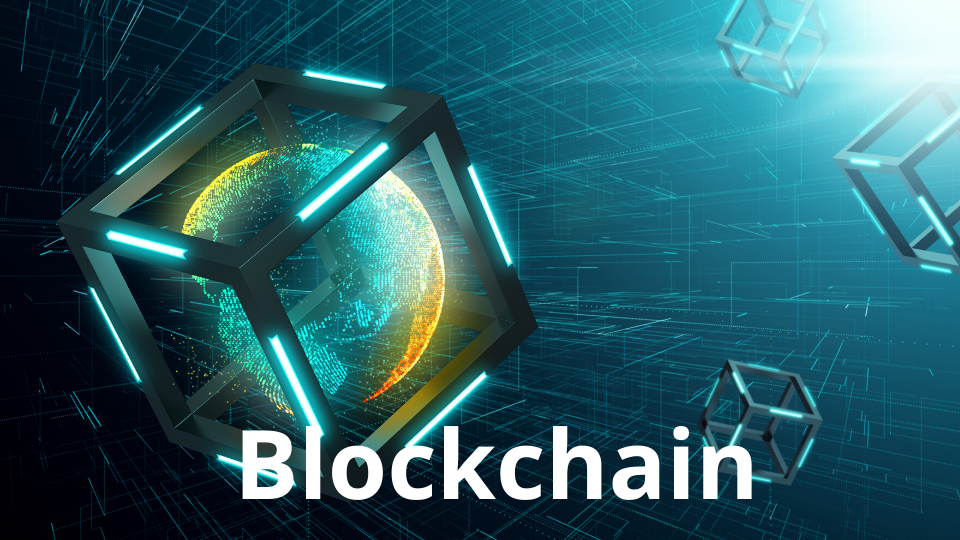
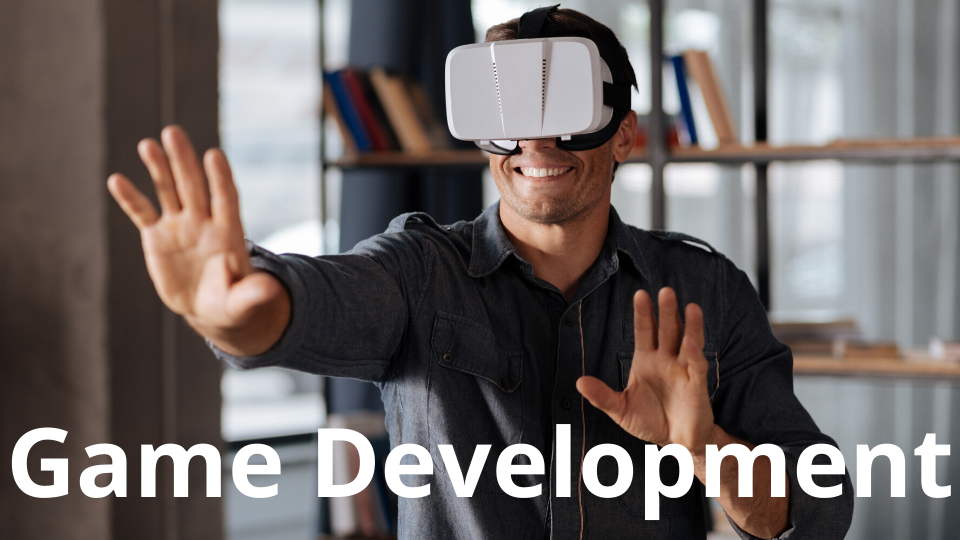
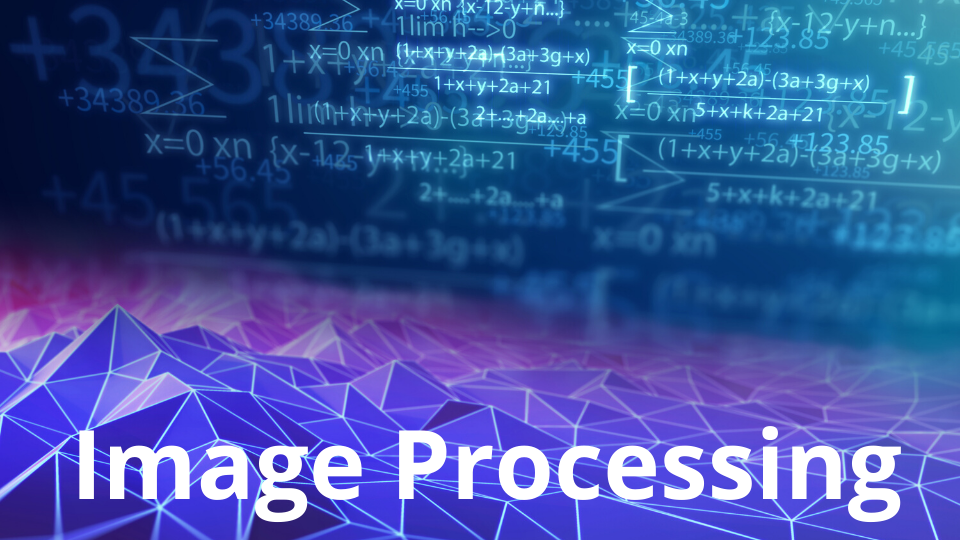

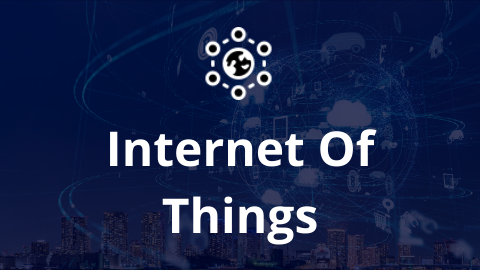
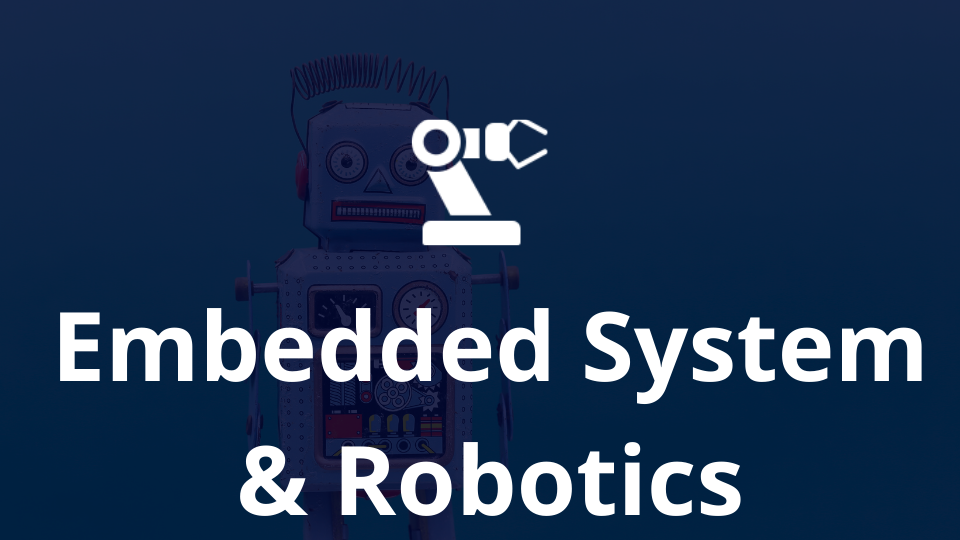
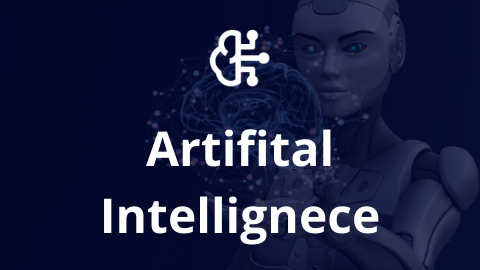
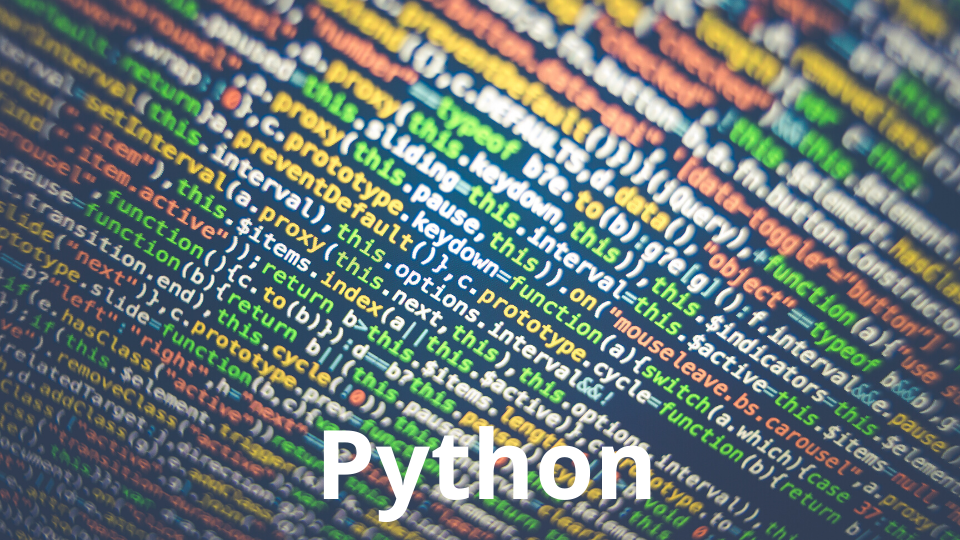

Two Days Workshop Content
Day 1 -(Session 1)/ 6-8 Hours
Section A : What is Data and Data Science?- AI vs ML vs DL vs Data Science
- Data Science Scope, Applications
- Data Science Introduction
- Predictive v/s Descriptive Data Analysis
- Data Science v/s Data Analytics
- Regression & Classification Problems
- What makes a Data Science Expert?
- The art of making stories from Data
- Use Cases and Case Studies
- Critical success drivers
- Why Python for data science?
- Overview of Python- Starting with Python
- Introduction to installation of Python
- Understand Jupyter notebook & Customize Settings
- Installing & loading Packages & Name Spaces
- Variable & Value Labels – Date & Time Values
- Basic Operations - Mathematical - string – date
- Debugging & Code profiling
- Data Exploration
- Visualization
- Feature Engineering
- Tools :R/Python
- Introduction exploratory data analysis
- Descriptive statistics, Frequency Tables and summarization
- Univariate Analysis
- Bivariate Analysis
- Creating Graphs- Bar/pie/line chart/histogram/ boxplot/ scatter/ density etc
Day 2 -(Session 2)/ 6-8 Hours
Section A : Data Preparation- Need of Data preparation
- Consolidation/Aggregation - Outlier treatment
- Variable Reduction Techniques - Factor & PCA Analysis
- What is segmentation & Role of ML in Segmentation?
- Concept of Distance and related math background
- K-Means Clustering
- Expectation Maximization
- Spectral Clustering
- Principle component Analysis
- Decision Trees - Introduction – Applications
- Types of Decision Tree Algorithms
- Construction of Decision Trees through Simplified Examples
- Generalizing Decision Trees
- Pruning a Decision Tree; Cost as a consideration; Unwrapping Trees as Rules
- Decision Trees – Validation
- Taming big text, Unstructured vs. Semi-structured Data
- Finding patterns in text: text mining, text as a graph
- Natural Language processing (NLP)
- Text Analytics – Sentiment Analysis using Python
- Text Analytics – Word cloud analysis using Python
Day 1 -(Session 1)/ 6-8 Hours
Section A : Introduction to Machine Learning- Introduction to ML
- Applications of Machine Learning
- Supervised vs Unsupervised Learning
- Python libraries suitable for Machine Learning
- Role of Python and R programming in this domain
- Basic of python and why python for machine learning
- Extracting data from a file
- Function and module
- Creating own modules / library
- Managing array with numpy
- Multidimensional array with numpy
- Unit matrix handling & creating
- Linear Regression
- Non-linear Regression
- Model evaluation methods
Day 2 -(Session 2)/ 6-8 Hours
Section A : Introduction to iris Datasets- Understanding iris datasets
- Separating data with numpy
- Training classifier
- Algo data process view
- Decision Tree understanding
- K-Means Clustering
- Hierarchical Clustering
- Density-Based Clustering
- Online/offline SMART Chatting Machine .
- Face and expression recognition
Day 1 -(Session 1)/ 6-8 Hours
Section A : Introduction to Cloud Computing- What is the cloud?
- History of Cloud Computing
- How Cloud Computing Works
- Advantages & Disadvantages
- Applications for Businesses
- Cloud Service Providers
- Storage Virtualization
- Application virtualization
- Server virtualization
- Network virtualization
- Creating an account on the cloud
- Starting a server instance
- Allocating storage and other resources
- Deploying an application
- Cloud Architectures
- Building Enterprise Cloud Computing Environment using a Network of Compute
Day 2 -(Session 2)/ 6-8 Hours
Section A : Cloud Computing Service Models- Infrastructure as a Service (IAAS)
- Platform as a Service (PAAS)
- Software as a Service (SAAS)
- Public Cloud
- Private Cloud
- Community Cloud
- Hybrid Cloud
- Routing to the Data Center
- Switching within the Data Center
- Amazon
- Microsoft
- Salesforce.com
- Administering the Cloud
- Application Case Studies in Engineering, Image Processing, and Media Rendering
- Platform for building Clouds and their Innovative Application
- Cloud Computing Platforms
Day 1 -(Session 1)/ 6-8 Hours
Section A : Introduction to Big data- What is Big data?
- Black Box Data
- Social Media Data
- Stock Exchange Data
- Power Grid Data
- Transport Data
- Search Engine Data
- Benefits of Big data
- Operational Big data
- Analytical Big data
- What is Hadoop
- Why is Hadoop
- Difference between Hadoop and Traditional Approach
- Hadoop Architecture
- Hadoop Common
- Hadoop yarn
- HDFS
- Hadoop Map Reduce
- What is Hbase
- Basic of Hbase
- Need of Hbase
- Purpose of Hbase
Day 2 -(Session 2)/ 6-8 Hours
Section A : Model of Hbase- Hbase Data Model
- Hbase Read and Write
- RDBMS and Hbase
- Hbase Commands and example
- What is Data Analytics
- Types of Data Analytic
- Descriptive Analytics
- Diagnostic Analytics
- Predictive Analytics
- Prescriptive Analytics
- Data Analytics Benefits Decision-Making
- Data Analytics Benefits: Cost Reduction0
- Data Analytics Benefits: Amazon Example
- Data Analytics: Other Benefit
- Key Takeaway
- Terminologies in Data Analytics
- Types of Data
- Qualitative and Quantitative Data
- Data Levels of Measurement
- Normal Distribution of Data
- Statistical Parameters
- Bitmap Based Encrypted Query Processing and Distributed Index Structure for Outsourcing Mobile Sensitive Data
- Survey Large Scale Data Analytics Performance Using Disk Based and In-Memory Database Systems
Day 1 -(Session 1)/ 6-8 Hours
Section A : Introduction of Block Chain- Understanding Block Chain
- Block chain Concepts
- Block chain Features
- Public VS private Block chain
- Security of Block Chain
- Block Chain Use Cases
- Crypto Currency
- Basics of Cryptography
- Smart Contract
- Laws for cryptocurrency
- Data Layer
- Network Layer
- Consensus Layer
- Securing the Supply Chain System
- Industry – Logistics
Day 2 -(Session 2)/ 6-8 Hours
Section A : Development of Block Chain- Block chain Developing Client
- Block chain Client Class
- Block chain Transaction Class Creating Multiple Transactions
- Block chain Block Class Creating Genesis Block Creating Block chain
- Block chain Adding Genesis Block Creating Miners
- Block chain Adding Blocks
- Understand Economics of Bitcoin Define Bitcoin Mining
- Describe Fabrication of a Block Header
- Mining and consensus
- Autonomous verification of mining
- Independent verification of mining
- Auctioning of Rare Artifacts
Day 1 -(Session 1)/ 6-8 Hours
Section A : Introduction to Game Development- Physics involved in Game Development
- Introduction to Unity
- JavaScript for Unity
- Controlling Characters
- Developing a game using the above tools
- Live demonstration and examples
- 3D modelling
- Animating the game character
- Creating an environment for their game character
- Scripting of the game character and the various objects in the Game
- Creating a Finite State Machine
- Code Optimization
- Debugging
- Core gameplay
- Editor setup
- Single sprite configuration w/ colliders, Sprite sheet animations
- Animator, Keyframed animations, Scripted animations
- Player character
- Win and lose settings
- Collectibles
- Publishing
- And new Unity Editor capabilities and features like:
- New Sprite Editor tools
- Tilemap system
- Cinemachine
- Sprite masking system
Day 2 -(Session 2)/ 6-8 Hours
Section A : Development of 3D Game- Core gameplay
- Character model, Character setup
- Animation, Animator setup
- Platform system
- Lose settings
- Collectibles
- Publishing
- And new Unity Editor capabilities and features like:
- Cinemachine camera
- Distinguish features that enable mobile deployment versus other platforms
- Navigate in the Unity Editor to create a simple mobile game
- Use the Unity 2D toolset to set up characters and scenes
- Create in-editor animations to generate animations for scene elements and the character
- Build 2D game mechanics that enable mobile gameplay
- Plan for using services to improve long term game play and build mobile monetization and business strategies
- Prepare for mobile deployment
Day 1 -(Session 1)/ 6-8 Hours
Section A : Intro to Image Processing- What is an image?
- What is Image Data
- Image Processing Toolbox
- Importing Image
- How to build a matrix image
- Image Display
- Image Operations
- Image Conversion
- 3 steps of IP
- Image as a matrix
- Phrases of IP
- Types
- Application
- Python Installation
- Intro to OpenCv and python
- Array and slicing
- Load an Image and read conversion
- Resizing
- Flip
- Display in windows
- Draw using mouse
- Draw rectangle
- Color mapping
Day 2 -(Session 1)/ 6-8 Hours
Section A : Image Arithmetic- Adding Images
- Subtracting Images
- Multiplying Images
- Dividing Images
- Spatial Transformation
- Resizing Images
- Rotating Images
- Cropping Images
- Connect webcam
- BW and color
- Save video
- Load video
- Human speed playing video
- Draw rectangle on video
- Draw rectangle on live camera
- Template matching
- Face detection
Day 1 -(Session 1)/ 6-8 Hours
Section A : Introduction to Android- Introduction to Android
- History of Android
- Android SDK
- Android Studio
- Introduction to Basic of java Programming
- Feature of Java
- Oops Concepts
- Java Data type
- Java Control Statement
- Arrays
- Build First App
- App Fundamentals
- App Resources
- App Manifest File
- App Permissions
- Activities
- Activity Lifecycle
- Intents and intent filters
- User Interface
- Layouts
- Widgets
- Content Providers
- Web View
- Internet Connectivity
- JSON and JSON parsing
- Image and Media
Day 2 -(Session 2)/ 6-8 Hours
Section A : Advanced Topics of Android- Google MAPs SDK
- Mobile Number OTP verification
- Social Site integration – Facebook , Google etc.
- Testing and Debugging
- Firebase Authentication
- Android Food order and delivery app
- Android College Attendance System
- Library Management System with SMS Autoreply
Day 1 -(Session 1)/ 6-8 Hours
Section A : Introduction to IoT & Raspberry_Pi- What is IoT
- Historical Background, Features, Applications & Scope of Raspberry_Pi
- Raspberry_Pi & its Various OS
- Introduction to Raspbian
- Features of Command Window & Script Window
- Basic Python Commands & Keyboard Shortcuts
- Defining Editing and Clearing Variables & Checking for Existence
- My First Python Progra
- Introduction to Arrays
- Python Data Types and Basic I/O operations
- Various Python Functions & their use
- Creating & running User defined Functions
- ATM Machine Prototype
- Raspbian – A Debian Derivative
- The Concept of Open Source
- Disk Fragmentation
- Installing & Starting Raspberry_Pi
- Understanding the Raspberry_Pi Desktop Layout
- Command Window (Terminal), Editor Window, Workspace, Command
- History, Graphic Window
- Accessing GPIO Pins
- Glowing multiple different pattern LED
- Wide description about Software and Hardware Concerns of AI
- Machine Learning and data interpretation
- Introduction to Data Science
- Memory Elements and Data Acquisition/Calling
- Programming Languages used in AI
Day 2 -(Session 2)/ 6-8 Hours
Section A : Ultrasonic Sensor- Concept, Capabilities & limitations.
- Applications
- Practical: Interfacing Ultrasonic Sensor with Pi
- Definition, Working Methodology,
- Types, Advantages & Application Areas
- Switching/Controlling of DC Relay using Pi
- Practical: Interfacing Relay with AVR
- What is cloud?
- What are the features & scope of using IOT over cloud?
- Data connectivity of IoT devices with open cloud.
- Development of various applications in IoT.
- What is API
- How to use API with Python
- Controlling Raspberry_Pi with API
- Practical: Smart parking system using IoTWhat is cloud?
- What are the features & scope of using IOT over cloud?
- Data connectivity of IoT devices with open cloud.
- Development of various applications in IoT.
- Distance measurement of an object using ultrasonic sensor
- Seminar/Conference Hall Automation
- IoT device for accident detection
- IoT Controlling through Smart Phone over Wifi
- Worldwide Accessing and controlling of IoT automation over Internet
Day 1 -(Session 1)/ 6-8 Hours
Section A : Artificial Intelligence- Introduction of Artificial Intelligence
- What is AI
- History
- Use Cases
- Future Aspects of AI
- Applications of Machine Learning
- Environment Setup
- Setting up Software Installation
- Installing Libraries
- Basic of python
- Oops Concept
- Modules in Python
- How API works in AI
- Types of API in AI
- Supervised Learning Introduction & Examples
- Unsupervised Learning Introduction & Examples
- Linear Regression & implementation
- Introduction to Gradient Descent Algorithm
- Linear Algebra review
Day 2 -(Session 2)/ 6-8 Hours
Section A : Neural Network in Artificial Intelligence- Introduction to Neuron
- Introduction to Network Architecture
- Designing Neural Network Model
- Model Representation Methods
- Single Layer Neural Network
- Multilayer Neural Network Architecture
- Training the Network
- Backward Propagation Training
- Importing & Exporting Network
- Importing & Exporting Training Data
- Introduction to Dynamic Neural Network
- Neural Network Blocks in Simulin
- Basic uses of NLP in AI
- Lexical Analysis
- Syntactic Analysis
- Semantic Analysis
- Pragmatic Analysis
- Case Study-Cancer Detection
- Case Study- Case Study: Character Recognition
Day 1 -(Session 1)/ 6-8 Hours
Section A : Introduction to Python- What is Python?
- What is future Scope?
- Application Areas, Features, Advantages
- Understanding the Command Window and Script Window
- Environment Setup
- IDLE for Compiling & Running program
- Basic Data Types and Assignments
- Identifiers and Indentation
- Data Operations
- Sequence Types, Tuples , Lists
- Operators and Expressions
- Dictionary and Sets
- Variable Scope – Global, local and Non Local
- Single Loop Statement
- Loops
- Loop Control Statements
- Iterator and Generator
- Defining a Function and Syntax
- Calling a Function
Day 2 -(Session 2)/ 6-8 Hours
Section A : Emailing through Server- Configuring Pi for SMTP protocol
- Connecting Pi to the internet
- Allowing security to the email account
- Sending mail to the recipient
- Making your own Atm System
- Accessing data stored MsExcel
Day 1 -(Session 1)/ 6 Hours
Section A :Introduction Cyber Security- Introduction to Ethical Hacking
- Information Gathering
- Attacks
- Networking and Basics
- Scanning
- Computer Forensics-an Introductio
- Own Viruses
- Road sign hacking and Identify Theft
- Google Hacking & Countermeasures
- Stenography
- SMS Forging
- Call Forging
Day 2 -(Session 2)/ 6 Hours
Section A- Cryptography
- Web Hacking and Counter Measures
- Firewalls-An Introduction
- Facebook Messenger Hacking
- Password Cracking
- Email Hacking
- Whatsapp Hacking
- LAN Hacking
- Backtrack OS
- Sniffing
- Linux Hacking
- D-Dos Attack
- Trojans
- DNS-Poisoning
- Social Networking Sites Protection
- WIFI Hacking
- SQL Injection
Why Techvanto?
20
Products and ProjectsDelivered
We help organizations focus on procedures and experience, realize cost savings, generate
revenue and manage risk
5000+
TechvantoCommunity
Techvanto Community is a group of students who are trained by our experts and now associated
with us for their learnings.
30+
ExcitingTechnologies
We have providing all recent technologies like Internet of things, Artificial Technology,
Robotics, Machine Leaning etc.

